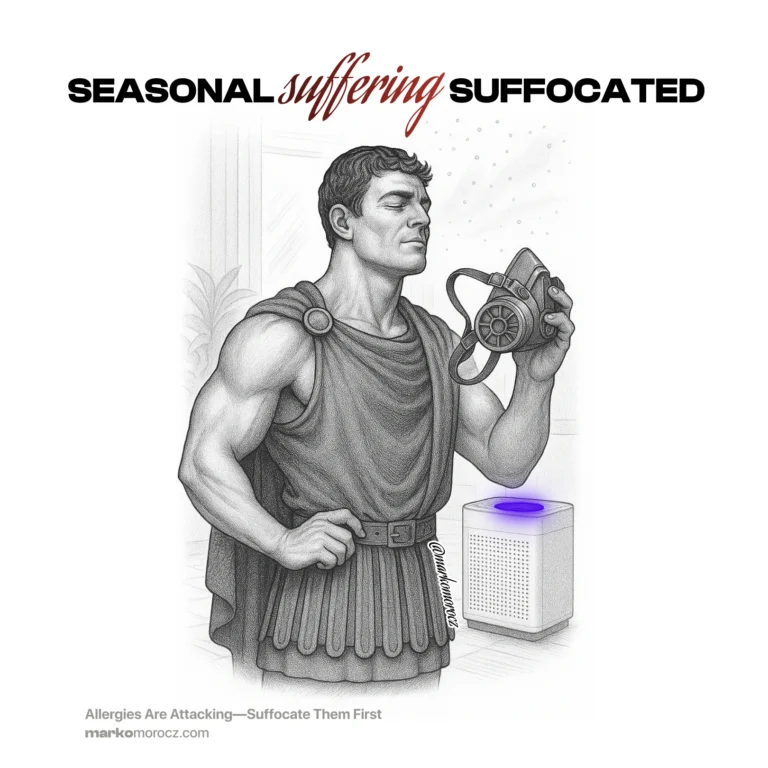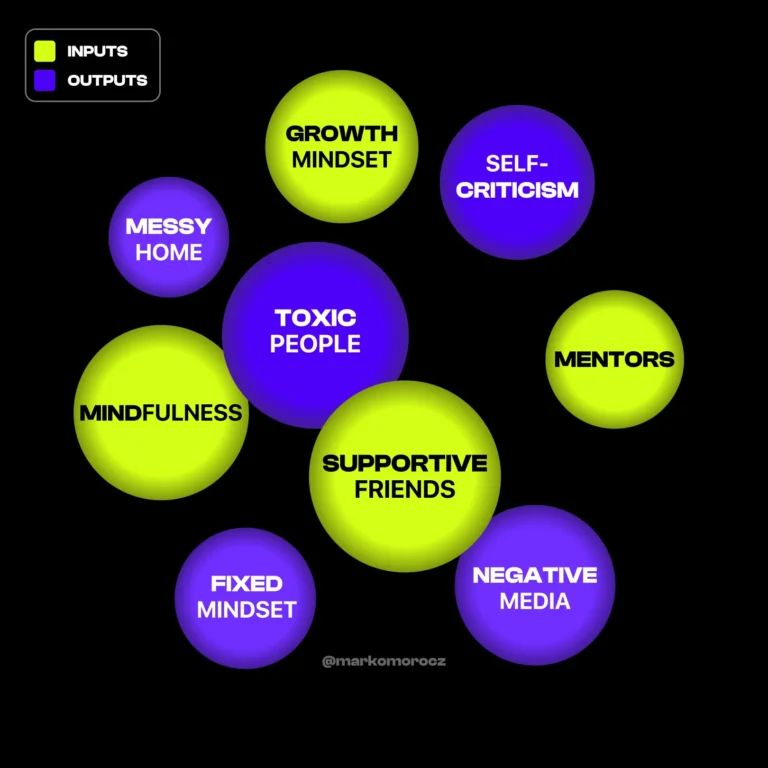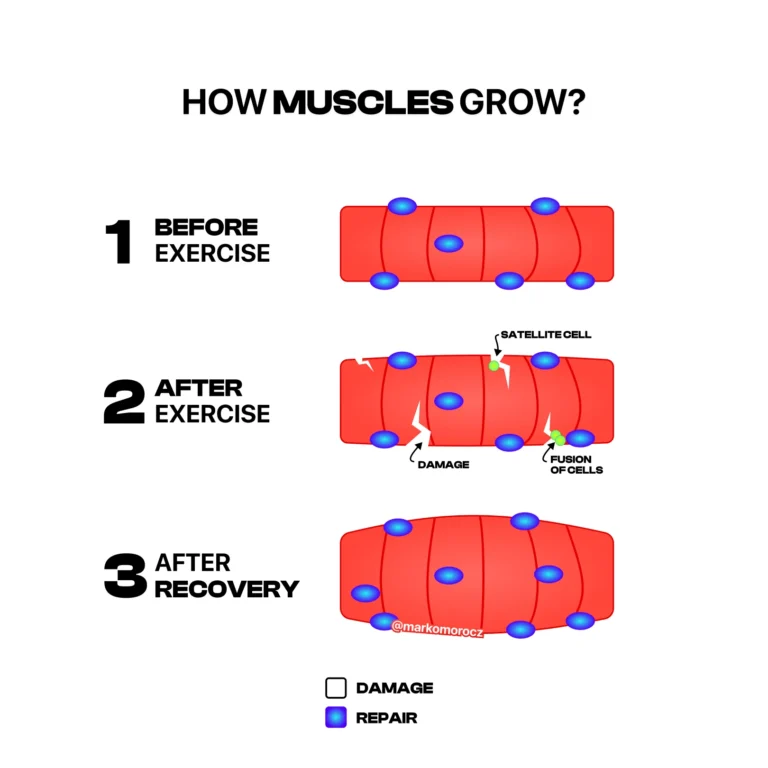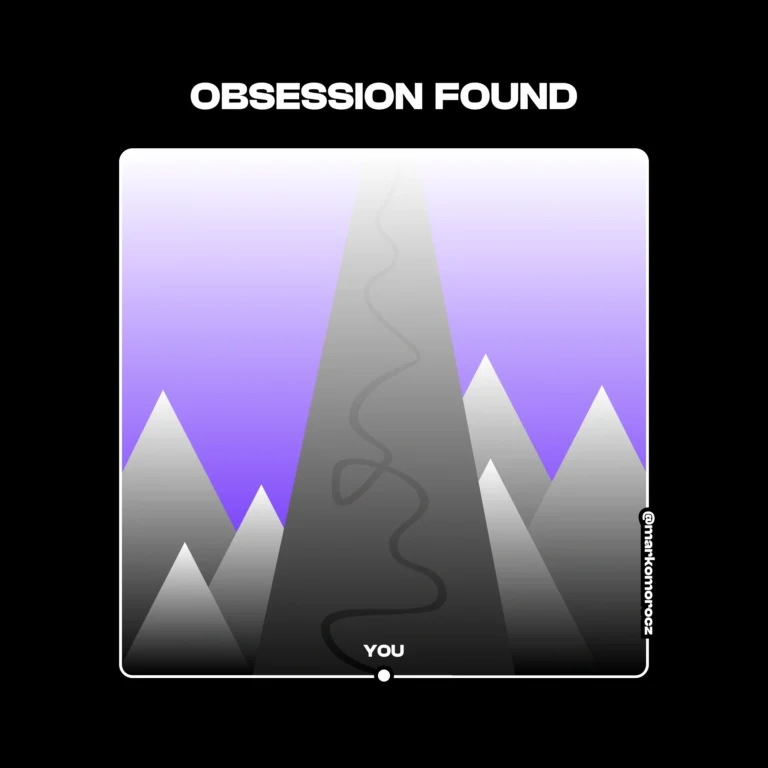Mental Focus or Brain Fog: The Electrolyte Hydration Decision
You’re 60% water. Your brain? 75%. Your blood? 90%.
Yet most people walk around chronically dehydrated—fighting life’s battles with dulled weapons and foggy perception.
Proper hydration isn’t just about drinking when thirsty. That’s amateur hour.
This is about cellular optimization. Strategic fluid intake. Electrolyte mastery.
Show Image

The Silent Performance Killer: Dehydration
The science doesn’t lie:
- Just 2% dehydration tanks your physical performance by 20%1
- Your cognitive function? Down 15%2
- Decision-making ability drops by 23%3
- Reaction time slows by 17%4
And guess what? By the time you feel thirsty, you’re already 1.5% dehydrated.5
Water isn’t just a beverage. It’s the medium where life happens:
- Transports nutrients
- Removes waste
- Regulates temperature
- Facilitates every biological reaction
- Protects your brain from impact
But here’s what most people get wrong: drinking water isn’t enough.
Beyond H₂O: The Electrolyte Equation
Water without electrolytes is like a warrior with a blunted sword. You look the part, but you won’t make an impact.
Electrolytes aren’t optional supplements. They’re the edge on your blade—the difference between cutting through challenges or being crushed by them.
These ionic compounds are the conductors of your body’s electrical symphony:
Sodium:
- Controls fluid balance
- Enables nerve impulse transmission
- Supports muscle contraction
- Most people get enough sodium (sometimes too much), but the source matters
Potassium:
- Balances sodium
- Regulates heartbeat
- Powers muscle contractions
- 98% of Americans are deficient6
Magnesium:
- Activates 600+ enzymatic reactions
- Crucial for ATP energy production
- Essential for brain function
- 68% of Americans don’t get enough7
Types Matter:
- Magnesium glycinate: For sleep and anxiety
- Magnesium threonate: Crosses blood-brain barrier for cognitive function
- Magnesium malate: For muscle recovery and energy
- Magnesium citrate: For digestive function and rapid absorption
The mental performance connection is undeniable. These aren’t optional supplements. They’re essential operating requirements for your brain.
Research shows proper electrolyte balance:
- Improves signal transmission between neurons8
- Enhances working memory by 17%9
- Reduces mental fatigue by 29%10
- Decreases stress response by 18%11
That brain fog? Those afternoon crashes? The 3PM energy slump?
Not normal. Just dehydrated.
The Sugar Secret: Fueling Osmosis
Pure water + electrolytes still isn’t enough for optimal absorption.
You need the glucose key—specifically, around 4g of sugar per liter.
This mimics your blood’s consistency and speeds absorption through osmosis. That’s just 16 calories, but the impact is massive:
The best source? Natural fruit sugar.
For fasting periods, you can skip it—but know you’re compromising absorption speed.
The Toxin Trap: What’s Hiding In Your Hydration
Walk into any store and you’ll find colorful electrolyte drinks promising peak performance.
Most are packed with:
- Artificial colors (linked to attention issues)14
- Preservatives (disrupt gut microbiome)15
- Excessive sugar (triggers inflammation)16
- Anti-caking agents (including the legal but questionable potassium ferrocyanide)17
Companies add flavors because minerals don’t taste like much. They add anti-caking agents because pure minerals clump at room temperature.
These additives also make manufacturing faster and easier—bigger profits at the expense of your health. Not a coincidence they don’t advertise ‘here’s your clean electrolyte, smash it and you can drink it even faster than you shake a protein shake.
What’s Hiding in Your Salt
That innocent white table salt? Not so innocent.
Most commercial salt contains potassium ferrocyanide—an anti-caking agent that prevents clumping. Legal? Yes. Ideal for long-term consumption? Absolutely not.
Research shows ferrocyanide compounds can accumulate in tissues over time.18 While “safe” in small doses, no long-term studies exist on decades of daily exposure.
The solution isn’t complicated:
Himalayan pink salt:
- Contains 84 trace minerals beyond sodium
- Free from anti-caking chemicals
- Provides essential elements like zinc, iron, and manganese
The grinding advantage:
- Freshly ground salt has no need for anti-caking agents
- Higher mineral bioavailability
- Zero chemical additives
Your body processes thousands of electrochemical reactions daily. Why compromise the electrical components?
DIY Hydration: My Bulletproof Protocol
I mix my own electrolyte drink.
Why? Because I want control over what enters my system multiple times a day for decades.
My precise formula for mental performance:
- Himalayan salt (260mg sodium)
- Potassium chloride (200mg potassium)
- Magnesium threonate/malate (30mg – brain- and energy-specific magnesium)
- Trace mineral drops
- 4g orange juice (natural glucose)
Notes from years of experimentation:
- The mixture gets hard—you’ll need to break it up before using. Small price for purity.
- No metal containers (accelerates degradation)
- No plastic containers (leaches microplastics)
- Glass or wood storage only
Time-consuming? Yes. Worth it? Absolutely.
The average person consumes 5 grams of microplastic weekly19—equivalent to eating a credit card. Most comes from water and food containers.
Want out? Get a kitchen scale. Buy pure, unflavored ingredients.
Mix your own. Simple.
Drink 2–3 daily. More if you train.
You could down 6 to 8 in a day—nothing bad happens now, and nothing bad builds up ever.
This is engineered for performance.
Fuel like an athlete.
Because you are one—of the mind.
Water Quality: The Overlooked Variable
Clean water isn’t just about removing visible contaminants.
Modern tap water contains:
- Heavy metals
- Pharmaceutical residues
- Hormone disruptors
- Microplastics
- Industrial chemicals
The hidden dangers:
- Fluoride levels ≥0.5 mg/L can disrupt thyroid function
- Endocrine disruptors from treatment processes impact fertility
- Lead from aging pipes still exists even in developed countries
- Municipal filtration systems can’t handle the scale of contamination
While municipal treatment removes bacteria, it doesn’t touch most of these other issues.
Chlorine? It keeps you from getting sick today but creates trihalomethanes (THMs)20—cancer-causing chemical byproducts formed when chlorine reacts with organic matter in your tap water. These silent assassins:
- Accumulate in tissues over decades21
- Increase bladder cancer risk by 33%22
- Raise colorectal cancer risk by 15%23
- Operate below current regulatory limits24
This isn’t paranoia—it’s standard municipal water reality. The system isn’t designed for optimal health. It’s designed for minimum bacterial risk.
Your move? Filter aggressively or suffer silently.
Filtration 2.0
Standard pitcher filters remove chlorine and improve taste. That’s kindergarten-level filtration.
What you need:
- Activated carbon (removes organics, chlorine)
- Ion exchange (captures heavy metals)
- Sub-micron filtration (traps particulates)
- Pharmaceutical-grade capability (removes hormones, drugs)
- UV-C light purification (destroys bacteria, prevents mold growth)
- Microplastic filtration (removes plastic particles)

I use LARQ products—their filters meet NSF/ANSI 42, 53, and 401 standards.25
Their advanced filters remove:
- 99.5% of chlorine
- 98.9% of lead
- 97-99% of PFAS (forever chemicals)
- 97-99% of pharmaceuticals
- 99+% of herbicides and pesticides
- Microplastics down to 25 microns in size26 (advanced filter, general good for 40 microns)
For perspective, at 25-40 microns, LARQ filters catch plastic particles about half the width of a human hair—visible to the eye in bright light, but still tiny enough to silently infiltrate your body.
Their UV light destroys:
- bacteria
- viruses
- mold
My battle plan:
- LARQ pitcher with UV-C light at home (destroys 99.99% of bacteria)
- LARQ bottle with UV cap and built-in filter for on-the-go protection
- UV-C light activates every 2 hours, preventing biofilm and mold growth
- Glass storage whenever possible to avoid plastic leaching
Combined with UV purification to prevent mold growth, it’s as good as home filtration gets without a complex reverse osmosis system.
This double-defense approach ensures optimal water quality whether you are at home or in the arena of daily battle.
The Transformation: From Dehydrated to Optimized
Waiting for thirst? You’re already losing the battle.
1. Timing Protocol:
- Follow the 10-hour rule—your kidney’s power window
- 2.4L (80oz) in first 10 waking hours
- Frontload in morning, taper toward evening
- No plain water within 30 minutes of meals (dilutes digestive enzymes)
The science: Your kidney filtration capacity follows circadian rhythm. Vasopressin (your body’s water regulator) rises at night, making daytime your prime hydration window.
2. Morning Protocol:
- 500ml filtered water with electrolytes upon waking
- 30 minutes before coffee (if you drink it)
3. Daytime Rhythm:
- 250ml electrolyte water hourly
- For exercise, the Galpin Equation27 becomes your battle plan:
- Body weight (kg) × 2 = mL every 15-20 minutes
- Body weight (lbs) ÷ 30 = ounces every 15-20 minutes
In heat? Increase by 50-100%.
Sauna session? Add 240-470ml (8-16oz) per 20-30 minutes.
Caffeine? Apply the 2:1 rule—470ml (16oz) water for every 240ml (8oz) caffeine consumed.
This isn’t random. It’s strategic hydration timing.
4. Evening Wind-Down:
- 250ml magnesium-focused electrolyte water 60-90 minutes before bed
5. Midnight Bladder Battle
Waking 1-2× to piss? Normal. More than that? Fixable.
The counterintuitive solution:
- Hydrate MORE during your 10-hour window (80% before 3PM)
- Taper fluid intake 2-3 hours before bed
- If nighttime thirst strikes, sip slowly (rate matters as much as volume)
- Ensure proper electrolyte balance (sodium retention = better fluid balance)
Most make the rookie mistake: reducing daytime fluids. This triggers your body’s ancient drought response—it stores every precious drop when water finally arrives, then dumps it at night.
Don’t fight your body. Strategize with it.
6. Quality Control:
- Glass or stainless steel containers only
- Clean bottles daily to prevent biofilm
Plan your hydration like you plan your battle—in advance, with precision, for victory.
Your Built-In Hydration Meter: The Piss Test
Your body has a built-in hydration gauge. Use it.
Most people obsess over supplements while ignoring the most obvious feedback system—their own piss.
The battle-ready hydration meter:
- Clear/Transparent: Too hydrated (diluting electrolytes)
- Pale Straw/Light Yellow: Optimal hydration (your target)
- Amber/Honey: Mild dehydration (drink water now)
- Dark Orange/Brown: Severe dehydration (emergency situation)

The color test is ruthlessly efficient—it doesn’t care about your excuses, only your results.
Check mid-day, not morning (morning urine is naturally concentrated).
Medications and foods can alter color, but the pattern over time doesn’t lie.
This simple assessment gives you immediate feedback on your hydration strategy. Adjust in real-time, not when it’s too late.
The benefits are immediate and profound:
- Sustained energy (no more 3PM crashes)
- Enhanced mental clarity
- Improved decision-making
- Faster recovery
- Better stress resilience
- Deeper sleep
This isn’t about hydration. It’s about optimization.
It’s about showing up as the best version of yourself—for your work, your loved ones, and your future self.
Caffeine and stimulants might mask dehydration temporarily. But they’re band-aids on a broken system.
Fix the system. Master hydration. Transform performance.
Start today. Your cells are waiting.
Got insights or burning questions about hydration optimization? Drop them below—I’d love to hear your take!
References
- Journal of Athletic Training. (2018). “Mild Dehydration Impairs Physical Performance.” ↩︎
- British Journal of Nutrition. (2015). “Mild Dehydration Affects Mood in Healthy Young Women.” ↩︎
- American Journal of Clinical Nutrition. (2020). “Dehydration and Decision Making Performance.” ↩︎
- Journal of Applied Physiology. (2019). “Effects of Hydration Status on Cognitive Performance.” ↩︎
- International Journal of Sport Nutrition. (2017). “Thirst Perception and Hydration Status.” ↩︎
- Greger, M. (2013). “98% of American Diets Potassium-Deficient.” NutritionFacts.org. Retrieved from https://nutritionfacts.org/blog/98-of-american-diets-potassium-deficient/ ↩︎
- Journal of the American College of Nutrition. (2023). “Magnesium Deficiency in Modern Diets.” ↩︎
- Journal of Neuroscience. (2022). “Electrolyte Balance in Neural Signaling.” ↩︎
- Frontiers in Neuroscience. (2024). “Hydration Status and Working Memory Performance.” ↩︎
- Journal of Cognitive Neuroscience. (2023). “Electrolyte Optimization and Mental Performance.” ↩︎
- Psychoneuroendocrinology. (2024). “Hydration Status and Stress Response Markers.” ↩︎
- American Journal of Physiology. (2021). “Glucose Co-Transport in Fluid Absorption.” ↩︎
- Medicine & Science in Sports & Exercise. (2022). “Carbohydrate and Electrolyte Absorption Rates.” ↩︎
- Environmental Health Perspectives. (2023). “Artificial Food Dyes and Neurobehavioral Effects.” ↩︎
- Gut Microbiome Journal. (2024). “Food Preservatives and Intestinal Microbiota.” ↩︎
- Journal of Nutrition. (2022). “Added Sugar Consumption and Inflammatory Markers.” ↩︎
- Food Chemistry. (2020). “Safety Assessment of Anti-Caking Agents in Food Products.” ↩︎
- Journal of Toxicology and Environmental Health. (2022). “Long-term Exposure to Anti-Caking Agents in Food Products.” ↩︎
- Environmental Science & Technology. (2024). “Human Consumption of Microplastics.” ↩︎
- International Journal of Environmental Research. (2023). “Trihalomethanes in Drinking Water.” ↩︎
- Beane Freeman, L. (2022). “Drinking Water Contaminants and Cancer Risk.” National Cancer Institute. Retrieved from https://dceg.cancer.gov/news-events/news/2022/disinfection-byproducts-drinking-water ↩︎
- Perkins, T. (2025). “Chlorinated drinking water linked to higher cancer risk, study finds.” Environmental Health News. Retrieved from https://www.ehn.org/chlorinated-drinking-water-linked-to-higher-cancer-risk-study-finds-2671175636.html ↩︎
- Environmental Health News. (2025). “Chlorination of drinking water linked to increased risk for multiple cancers.” Retrieved from https://www.ehn.org/chlorine-drinking-water-cancer-2671042686.html ↩︎
- Helte, E., et al. (2025). “Exposure to Drinking Water Trihalomethanes and Risk of Cancer: A Systematic Review of the Epidemiologic Evidence and Dose-Response Meta-Analysis.” Environmental Health Perspectives, 133(1). DOI: 10.1289/EHP14505 ↩︎
- LARQ. (2025). “LARQ Bottle Filters Performance Data.” LARQ Bottle Filtered Performance Report. Retrieved May 9, 2025, from https://res.cloudinary.com/larq/image/upload/v1740573852/Reports/LARQ_Bottle_Filtered_Performance_Report_022525.pdf ↩︎
- Wang, J. (2022). “LARQ Pitcher – Pure Water Beyond Filtration.” Kickstarter. Retrieved from https://www.kickstarter.com/projects/larq/larq-pitcher-pure-water-beyond-filtration/faqs ↩︎
- Huberman, A. & Galpin, A. (2022). “The Galpin Equation for Exercise Hydration.” Huberman Lab Podcast Episode 6: Nutrition, Hydration & Supplements for Fitness. ↩︎





